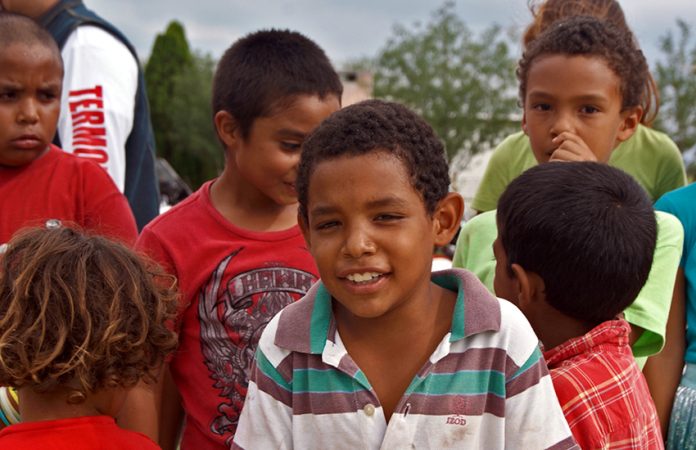Last month, during a joint press conference with his Spanish counterpart, Argentina President Alberto Fernández said, “Mexicans come from the indigenous, Brazilians come from the jungle and Argentinians come from the ships.”
This statement upset Mexicans — and I am pretty sure Brazilians too — for many different reasons. Some Mexicans were upset because they don’t like to be reminded of their indigenous roots. Others were angry because it confirmed their belief that Argentines are too big for their britches and don’t want to be considered Latin Americans. Still others just had a good laugh at all the memes that came out of this incident.
I was not offended at all. Fernández’s statement is partially true after all: most of us have some degree of indigenous DNA; that is just a fact. The part that gave me some trouble was the oversimplification of what constitutes a modern Mexican.
Not acknowledging the history and the contributions of the different immigrants who came (and keep coming) to Mexico throughout its history is a terrible historical oversight. Official history books in Mexican public schools condense the story of who the modern Mexican is to a basic explanation: a native Aztec had a child with a bearded Spanish conquistador, and that is it.
There is much more, so let me take you through a quick and humble recap some of the most well-known immigrant inflows into Mexico.
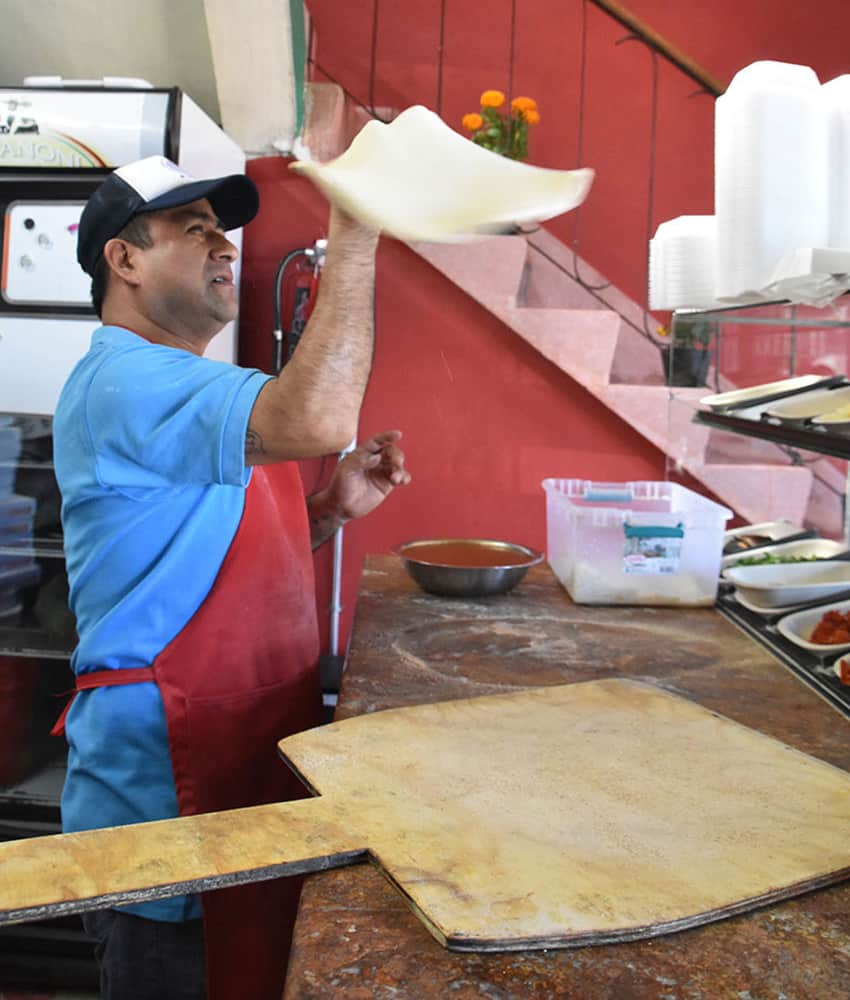
Lebanese immigrants first arrived in Mexico during the last decades of the 19th century. Some were running away from the religious oppression of the Ottoman Empire. Others were just looking for a better life for their families.
The Lebanese diaspora rapidly integrated into their new land, and within a few generations their descendants thrived in Mexico.
Among the most prominent Mexicans with Lebanese heritage are ex-president Plutarco Elias Calles — known as “El Turco”— as well as former minister of energy Antonio Meade-Kuribeña. There are also the businessmen Carlos Slim and Alfredo Harp, as well as actors Salma Hayek, Mauricio Garces and Demián Bichir (you might need to ask a Mexican friend about those last two). In the world of sports, there is soccer’s Miguel Layún and boxing kingpin Jose Sulaiman.
But Lebanese Mexicans are not just an ethereal group of successful and beautiful celebrities; not all of them made it to the top of Mexican society. Some of them became just normal middle-class Mexicans who did not marry within the Lebanese diaspora. Growing up, it was fairly common for me to have classmates or professors with Lebanese last names but no other trace of their Lebanese heritage or customs.
American celebrity chef Anthony Bourdain once said that Mexico is the U.S.’s brother from another mother. In some cases in my elementary school in Ciudad Juárez, this was literally true. When you think about American immigration to Mexico, you might imagine thousands of snowbirds looking for sunny weather in Ajijic, Chapala, Oaxaca, Puerto Vallarta, or San Miguel de Allende, but American immigration into Mexico is not that simple — nor always pretty.
The first American immigrants to Mexico were the ones who accompanied Stephen Austin to Texas when it was still Mexico, but let’s skip that part because it gets controversial.
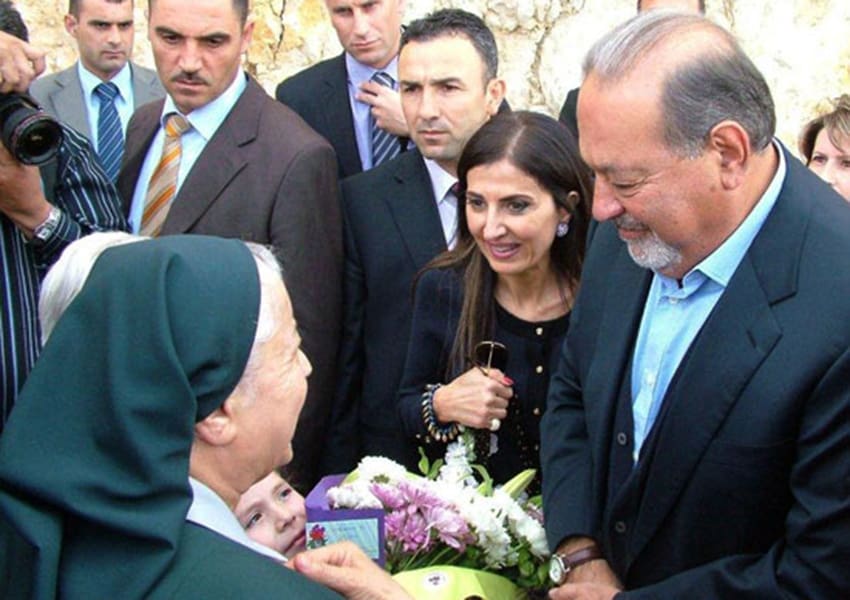
During the painful moment in American history known as Indian Removal, some American Indians of the Kikapoo and of Florida’s Seminole tribes took a detour south. These groups ended up establishing themselves in the northern state of Coahuila, where the Mexican government gave them concessions and land to populate the northern border and deter further expansionist attempts from the north.
Part of this group were black Seminoles, called the Mascogos after they settled in Mexico. These were escaped slaves who had previously disappeared into Seminole Indian groups. Right after the secession of Texas from Mexico, thousands of slaves, especially those in the south of Texas area, also looked for freedom in Mexico, where slavery was illegal.
Later, during the last decades of the 19th century, Mexican president Porfirio Díaz adopted a policy to attract immigrants to populate uninhabited regions of the country (word on the street is that there was preference for white settlers), and many Americans took this opportunity to come to Mexico to establish mining companies, machinery stores, railroad suppliers and other heavy industries.
But it does not stop there: another important influx of American immigrants came to Mexico in the late 1800s: a group of Americans from the Mormon church founded a town near what is now Nuevo Casas Grandes, Chihuahua. An interesting fact about this “colony” is that it is where George Romney — governor of Michigan in the 1960s and Mitt Romney’s father — was born.
The contributions of American immigrants are palpable in Mexico: a long list of prominent Mexicans with U.S. heritage — such as former president Vicente Fox and congressman Santiago Creel, companies established by Mexican-Americans and towns and products in Mexico bearing histories intertwined with American immigrants.
The bond between Americans and Mexicans is strong and goes beyond commerce, politics or immigration. If you are interested in reading more about this, you can read more in one of my older columns.
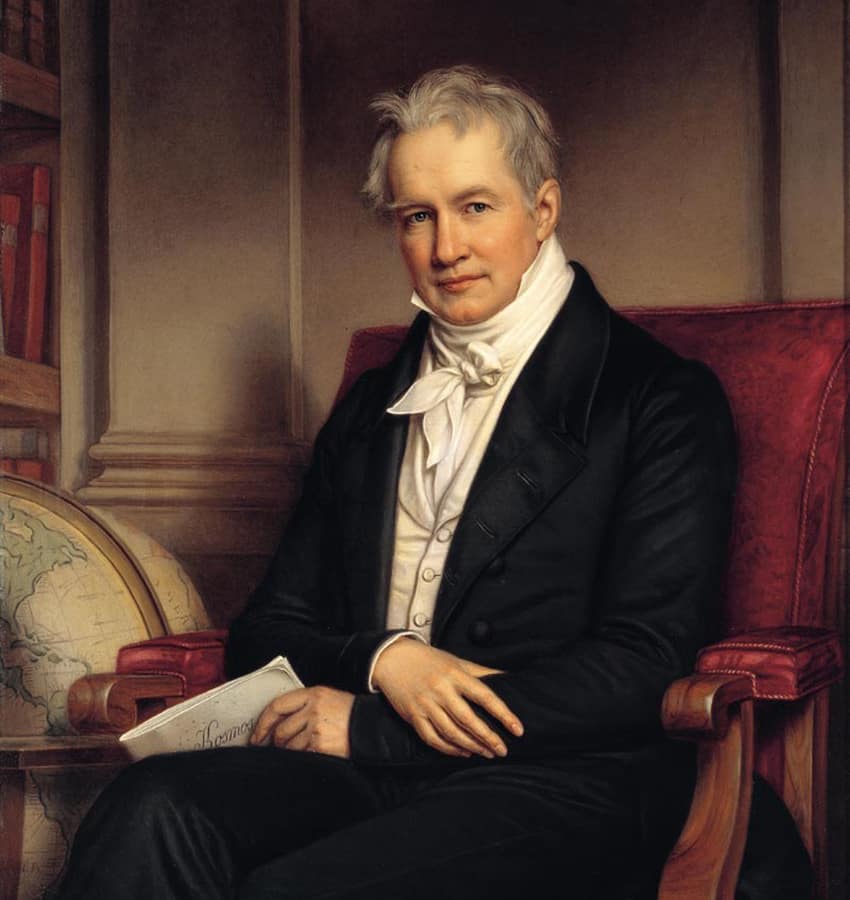
When German explorer Alexander Von Humboldt returned to Berlin in 1827 after extensive exploration of Latin America, he described Mexico City as elegant as Turin or Milan. This over-romanticized description of the city, and the mysticism with which he described the country, attracted the first German settlers to Mexico.
Later on, thanks to Porfirio Díaz’s modernization plans and open immigration policies, many Germans came here to work as public lightning technicians, engineers and specialized labor.
One of these specialized labor immigrants was Frida Kahlo’s father, Guillermo Kahlo (originally Wilhelm) , who came to Mexico in the late 19th century and was one of the Díaz regime’s official photographers.
In 1922, another big wave of German immigrants came to Mexico, when president Álvaro Obregón gave a set of concessions to a group of Mennonites to settle in the northern state of Chihuahua. The influence of this group in my home state was so wide that Mennonite products became staple items in many Chihuahuans’ diet.
Then, during the Second World War, just like in other countries of Latin America, many German Jews escaping the Nazi regime found opened doors in Mexico.
German immigrants are manifest in many areas of Mexican life. For example, it is sometimes difficult to differentiate Bavarian music from an Old School northern Mexican redova.
Hernán Cortés and his crew, of course, arrived in Mexico in 1519, establishing the colony of New Spain. During three centuries of colonization, the Spanish mingled with the natives and, thus, we mestizos were born.
But Spanish immigration into Mexico did not end with Mexico gaining its independence. The first important wave of Spanish immigrants to Mexico after the end of New Spain, happened during the presidency of Porfirio Díaz and his open immigration policy to populate the vast unpopulated regions of Mexico, the policy that brought many immigrant groups.
Many poor Spanish farmers who came to Mexico looking for new opportunities established themselves mostly in the states of Jalisco and Durango. During the second half of the 19th century and all through early 20th century, Mexico became one of the biggest hosts of Spanish immigrants and refugees.
Among these refugees were thousands of Sephardic Jews rescued by Mexican diplomat Francisco Bosques during the Second World War.
Also during this same period, Mexico opened its doors to Spanish refugees fleeing Spanish dictator Francisco Franco. Among these refugees were the “children of Morelia,” a group of thousands of unaccompanied minors sent alone to Mexico and welcomed in the city of Morelia.
The legacy of these last immigrants in Mexico can be seen in businesses and institutions founded by them, such as the Hospital Español in Mexico City, the publisher Editorial Porrua, Bimbo (the biggest commercial bakery in the world), Churreria El Moro (maker of churros), the Mundet beverage company, the Soriana supermarket chain and many others.
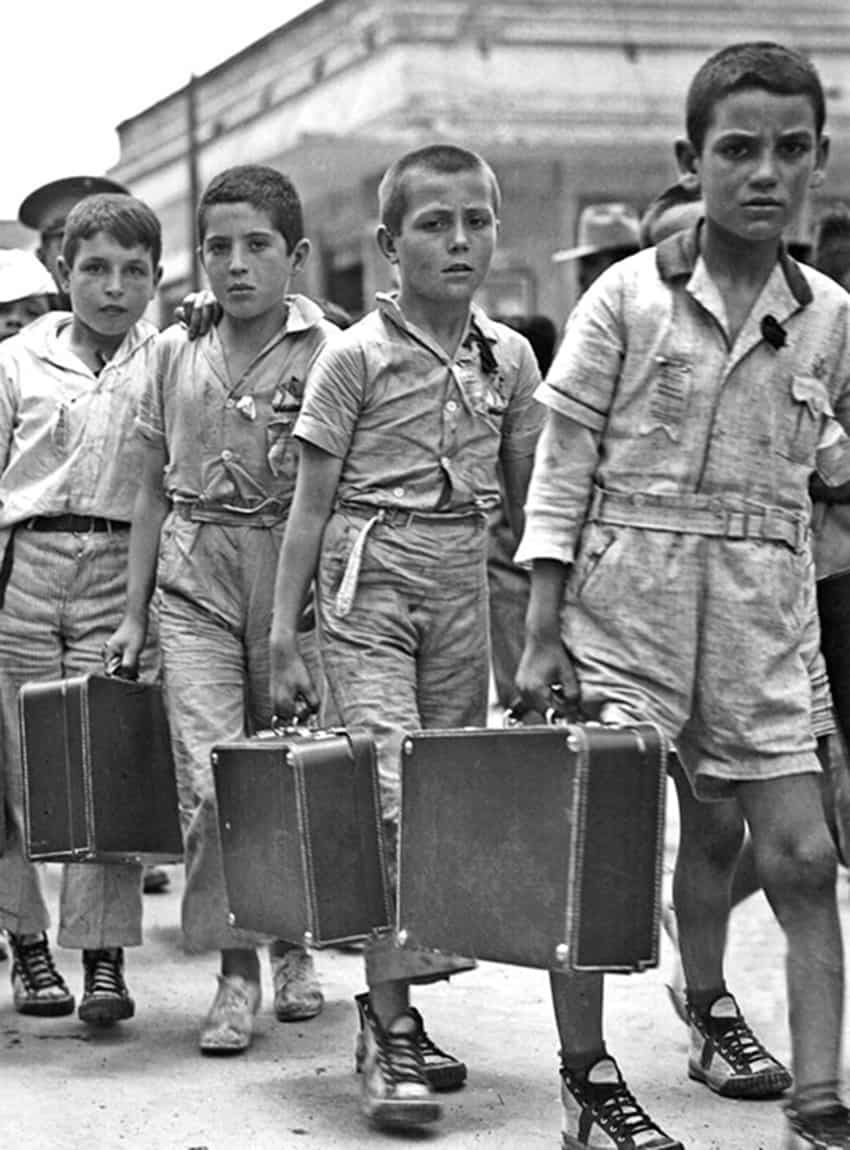
Mexico has Italian immigrants as well. When I lived in Milan, I came across an invitation to celebrate the Veneto language of the town of Segusino. I learned that their dialect of the language is only spoken in this small town and in its sister city of Chipilo, Puebla.
Like other immigrant groups, Italians came to Mexico mostly during Porfirio Díaz’s presidency. During those years, according to some Italians in Segusino, an invitation from the Mexican government to white, northern, Catholic Italians (the racism in line with the times) to come to live in Mexico somehow made it to the Veneto region.
These first Italians in Mexico established vanilla and dairy farms in Veracruz and Puebla and later moved to Chipilo, a town still famous in Mexico for its good cheese, pizza, and gelato.
This is just a sampling of the different immigration waves that reached Mexico. There are others — such as the Greeks, Chinese, French and Russians in Tijuana and the escaped African slaves in Oaxaca and Veracruz. Also, thousands of immigrants and refugees keep coming to Mexico from Cuba, Haiti, Venezuela, Honduras and many other countries.
Mexico is a diverse country, and it is has always been an immigrant destination. Genetics are so unpredictable here that almost every family has that kid that looks different and ends up with a nickname based on their looks, such as el güerito (light skinned or blonde), el canelo (“cinnamon-colored”), la rubia (also for blondes), and others designating their country of descent — el chino, el ruso, etc).
If you meet a Mexican who does not fit your concept of what a Mexican is supposed to look like, please don’t tell them that they don’t look Mexican; that is not a compliment — let’s shake off our stereotypes.
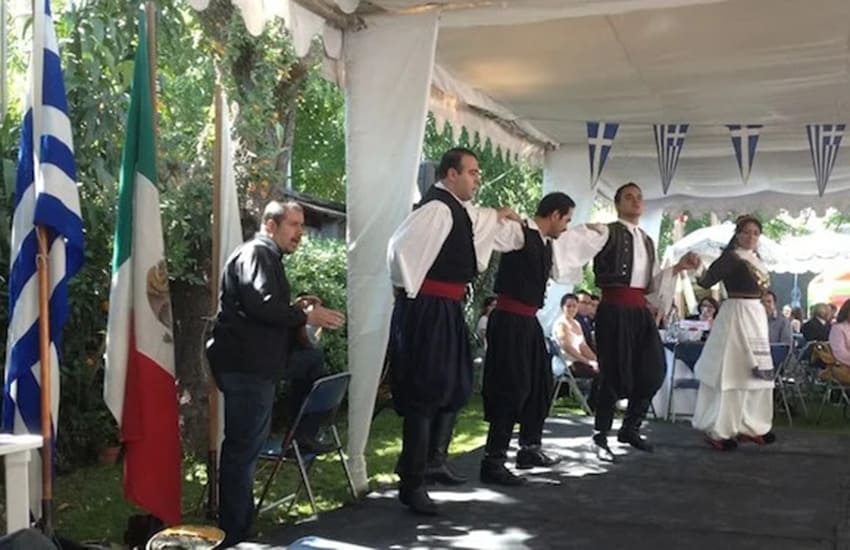
Mexico is a melting pot, a melting pot of chile con carne, to which we keep adding spicy ingredients.
Alvaro Amador Muniz describes himself as a Rednexican who hails from Ciudad Juárez, an adopted Tennessean, an amateur historian and an average basketball player currently living in Costa Rica. He can be contacted at alvaroamadormu@gmail.com or via Twitter @AlvaroAmadorM.
